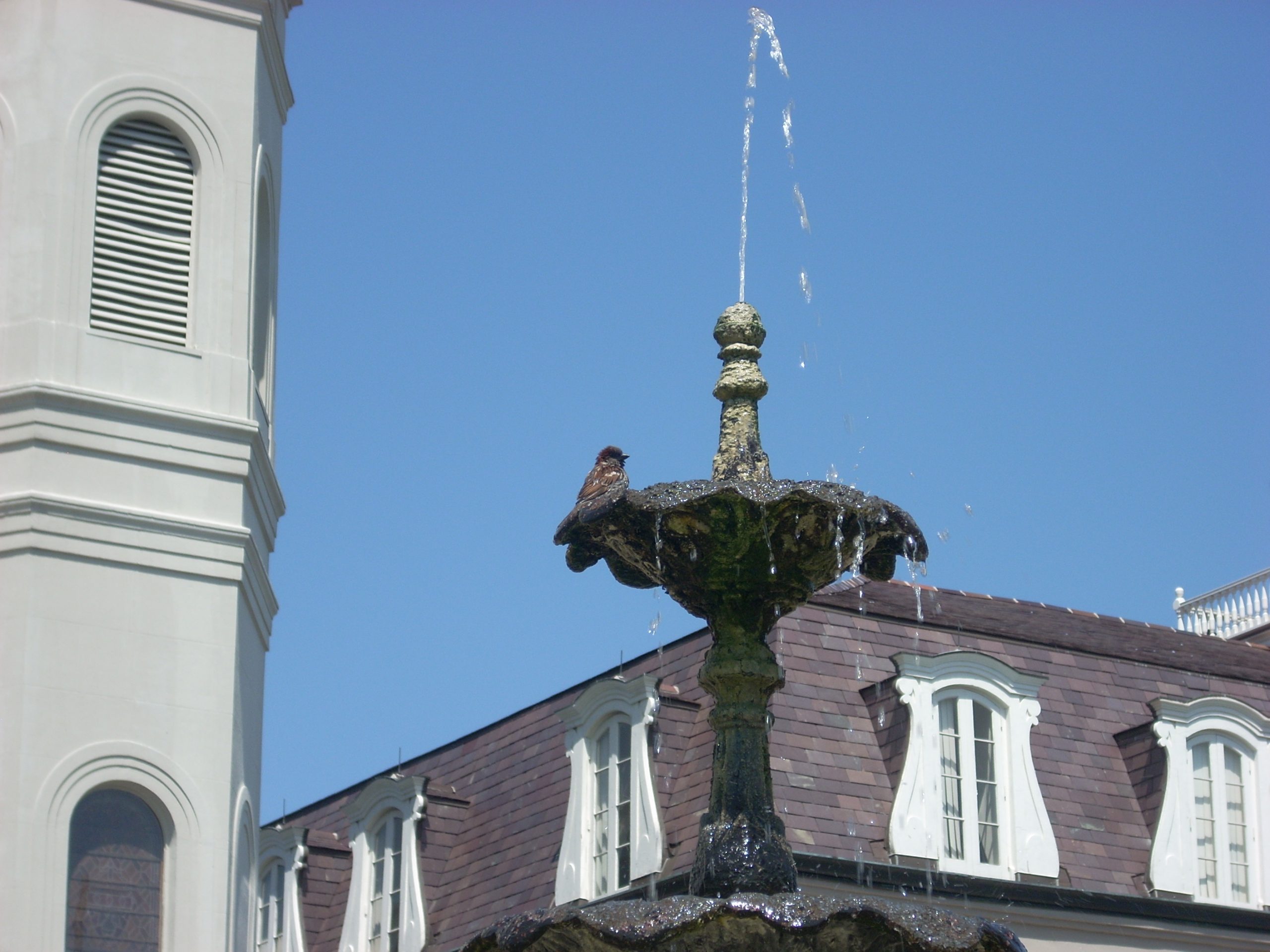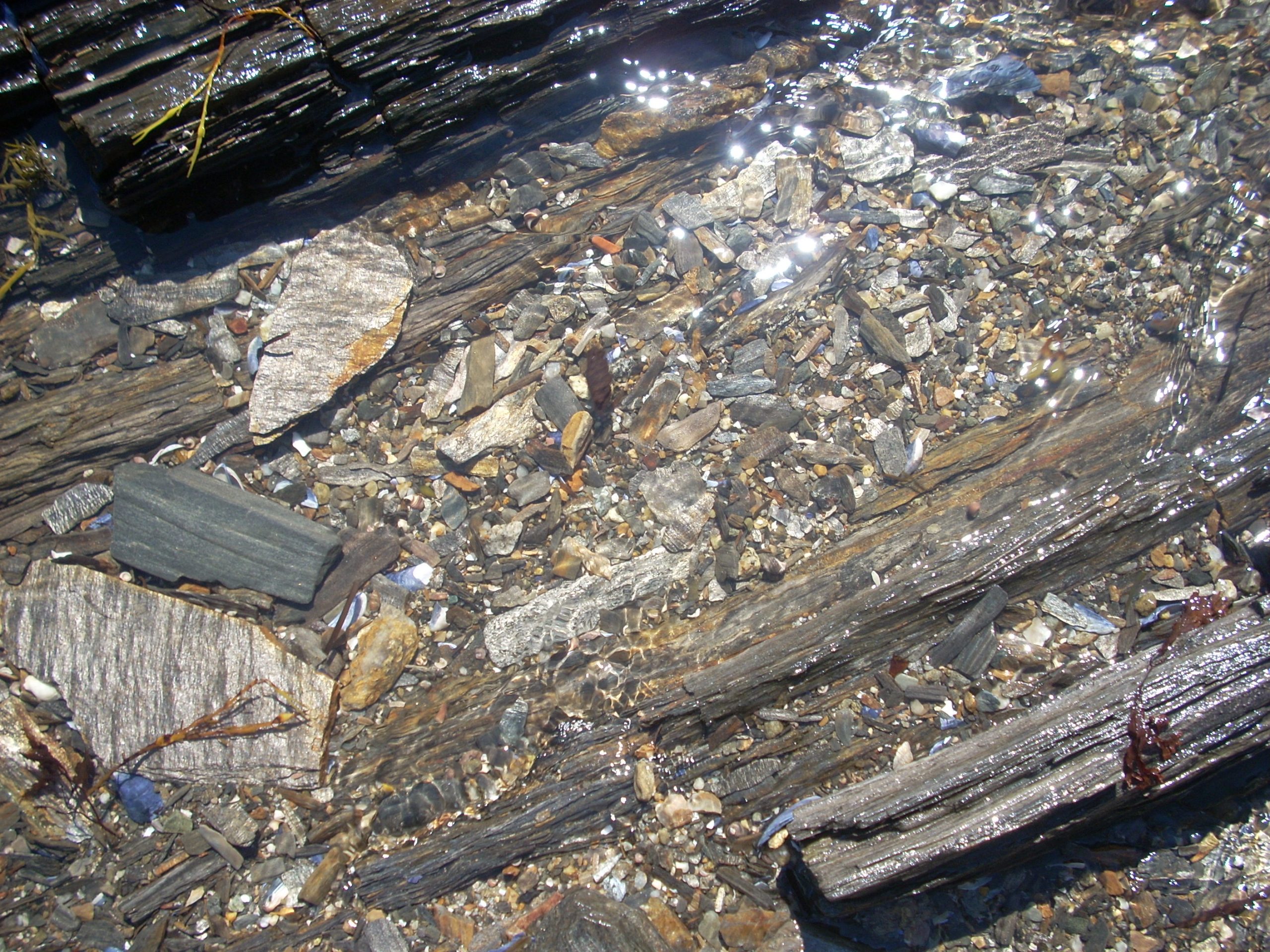
Premodern Societies
These societies are economically based in the extraction or cultivation of natural resources: agriculture, mining, forestry, fishing, ranching and related activities. It is also founded in craftsmanship—these crafts ranging from the production of tools to the creation of artistic works. While some premodern societies are very loosely structured and formed around nomadic patterns of living (the gathering rather than extraction or cultivation of nature resources), most premodern societies that exist today are founded in small villages or other closely-knit communities. The loosely structured forms of the premodern society are most likely to exist in regions of the world where there are harsh climates and sparse natural resources (e.g. Siberia, Alaska, North Africa, Central Australia).
The premodern society is also typically dependent on strong and enduring extended family systems. This extended family (usually consisting of grandparents, parents and children) serves not only as the primary economic unit of the community, but also as the primary source of most social services (health, education, child care, and so forth). While the community (and in particular the church or other philanthropic organizations) is available to support the family in an emergency (for example, loss of property or unanticipated death of family member), family members are expected to provide most of the social support. There are no medical plans, disability plans, retirement plans or social security systems in premodern societies—family members are expected to take care of their injured relatives and aging parents.
Bartering is the primary unit of economic exchange in the premodern society. Working within the context of a trusting and norm-enforcing community, men and women exchange commodities (such as tables or seed) or services (such as home construction or plowing of a field) for other commodities or services. In such a community there is little need for money or legal institutions. One natural resource—gold—that comes from a premodern extractive process (mining) does become a medium of exchange in most premodern societies, as do certain other natural resources (such as silver, pearls, spices and art works) that are prized for their beauty or scarcity. Given the absence of any elaborate trade system or of any way in which to preserve perishable commodities (other than through a salting or drying process), the primary focus in most premodern societies has been placed on the cultivation or extraction of sufficient resources to sustain life and on high quality craftsmanship (quality rather than quantity).








